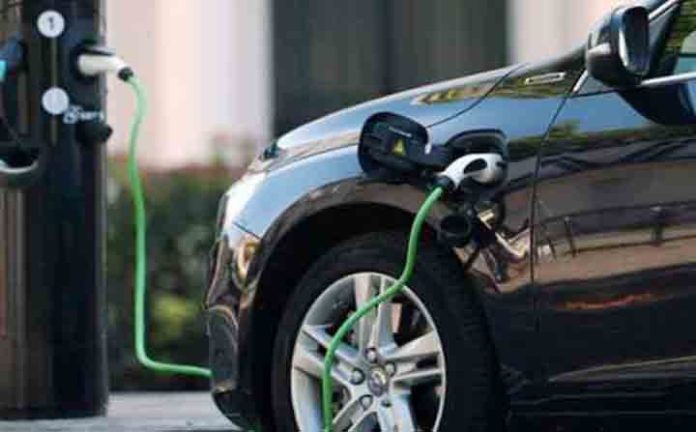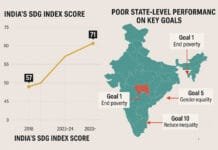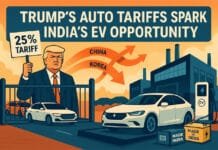INVC NEWS
Mumbai – : The recent decision by the government to reduce the subsidy for electric two-wheelers under the FAME-2 scheme has sparked a significant debate within the electric vehicle (EV) industry. While some industry experts express concerns over the potential negative consequences, others see it as an opportunity for the industry to establish its self-reliance. In this article, we will delve into the implications of this sudden cut in subsidy and explore the varying viewpoints surrounding it.
The Reduced Subsidy: A Game-Changer for the EV Industry
Under the revised regulations, registered electric two-wheelers purchased on or after June 1, 2023, will receive a reduced subsidy of Rs 10,000 per kilowatt hour. This alteration, announced by the Ministry of Heavy Industry, has raised concerns among industry stakeholders, particularly the Society of Manufacturers of Electric Vehicles (SMEV).
The Potential for a Big Drop in EV Adoption
SMEV, represented by its Director General Sohinder Gill, warns that the sudden reduction in subsidy could lead to a significant decline in EV adoption rates. Gill highlights the price sensitivity of the Indian market, emphasizing that the majority of petrol-powered two-wheelers are priced below Rs 1 lakh. Given this context, the prospect of consumers investing more than Rs 1.5 lakh in an electric vehicle becomes less likely.
The potential consequences of reduced EV adoption are far-reaching and could adversely affect the entire industry. SMEV cautions that a decline in demand for electric two-wheelers may impact the manufacturing ecosystem, supply chains, and employment opportunities associated with the EV sector. Furthermore, it could impede the progress of India’s ambitious goals to reduce carbon emissions and combat climate change.
A Shift Towards Self-Reliance: The Perspective of Startups
While SMEV expresses concerns over the reduction in subsidy, some startup companies in the electric mobility sector view it as an opportunity for the industry to stand on its own feet. Siddharth Kabra, co-founder and CEO of Voltup, welcomes the government’s decision, suggesting that it is time for the EV industry to become self-sustainable. Kabra emphasizes the need for a coherent infrastructure development policy that fosters growth and innovation within the sector.
Finding a Middle Ground: Balancing Subsidy Reduction and Industry Growth
In light of these differing opinions, it becomes crucial to explore potential solutions that strike a balance between subsidy reduction and industry growth. Recognizing the affordability concerns of consumers, it may be prudent for the government to consider alternative measures that encourage EV adoption without solely relying on subsidies.
One such measure could involve incentivizing research and development efforts to drive technological advancements and cost reductions in the EV sector. By fostering innovation and creating an environment conducive to the manufacturing of affordable electric two-wheelers, the government can indirectly support the industry’s growth without solely depending on subsidies.
Additionally, collaboration between industry stakeholders and the government is essential to formulate comprehensive policies that address critical aspects such as charging infrastructure, battery technology, and skill development. A well-rounded approach that encompasses these elements will not only bolster the EV industry but also create a sustainable ecosystem for electric mobility in India.
Conclusion: Navigating the Transition Period
As the EV industry navigates through this transition period marked by a reduction in subsidy, it is crucial for all stakeholders to come together and engage in constructive dialogue. This dialogue should revolve around finding effective strategies to promote the adoption of electric two-wheelers while considering the financial concerns of consumers.
The government, industry bodies like SMEV, and startups must collaborate to create an environment that encourages research, innovation, and investment in the EV sector. By doing so, they can collectively drive the growth of the industry and contribute to India’s sustainable and greener future.
















